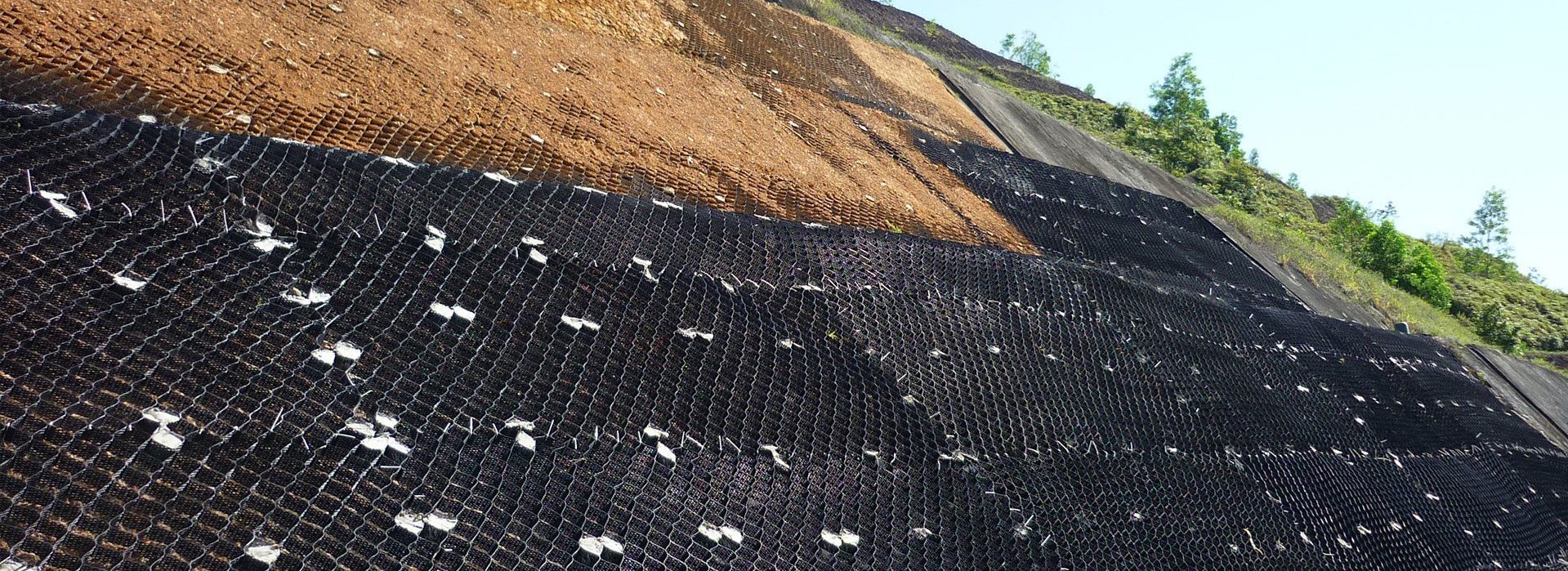Dewatering filter tubes are used to remove unwanted solids from a variety of industrial processes. These filter tubes are a versatile solution to the problem of dewatering sludge. They can reduce BOD by 90% or more and can be used for several years. The dewatered product can be stored in a dewatering tube for years, deferring disposal costs and reducing onsite waste. This article will discuss the different types of dewatering filters available in the market.
The dewatering process can be scaled to meet production needs. It requires minimal skilled labour and simple auxiliary equipment. The dewatering filter tubes are also extremely energy-efficient and require minimal maintenance. The tubes are stackable, reducing the footprint and requiring a minimal amount of space. After dewatering, the dewatered material is easy to remove and dispose of. As the water containing the solids is released into the environment, it can be reused for agriculture or other uses.
Dewatering tubes are a common method used for the removal of sediments. These tubes are made of geotextile material and squeeze the sludge through them. Flocculents and other materials can be added to the dewatering process to enhance its drying and purification capabilities. Geotextile dewatering tubes are a great alternative to large dewatering bags. These filter tubes can be customized for faster or slower filtration.
In one experiment, the geotextile tubes were filled with water and dewatering occurred both vertically and radially. In the two-dimensional test, the dewatering time was significantly reduced by the added weight. This meant that the sediment would fall off the sides of the geotextile and be elevated slightly in the middle. The dewatering process was not as productive as the one-dimensional test, but the two-filling method produced a much faster dewatering time.
Geotextile dewatering tubes are a popular option for large water-filled applications. They are made of durable geotextile fabric that is highly permeable and can contain and remove sludge and sediment. These geotextile tubes are an environmentally friendly and cost-effective option for dewatering complex materials. They also reduce the impact of the water treatment process, which is an important factor when dealing with hazardous waste. There are many other advantages of using geotextile dewatering tubes.
Designed to replace retention basins, dewatering tubes are constructed of high-strength geotextile fabric. A hydraulic dredge or pump is used to fill the tube. The material can be transported via the tube, and its unique weave allows it to be filled with any type of fluid. As the geotextile is permeable, it can also be used in dewatering applications. The material is stored within the geotextile filter tubes in a container with a regular filling port.
